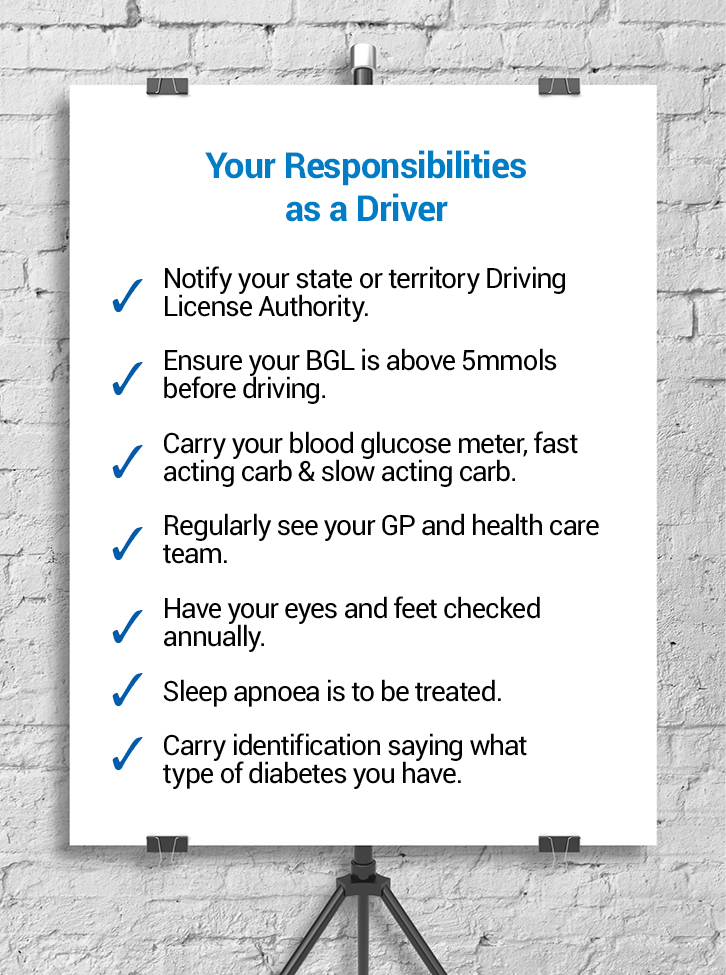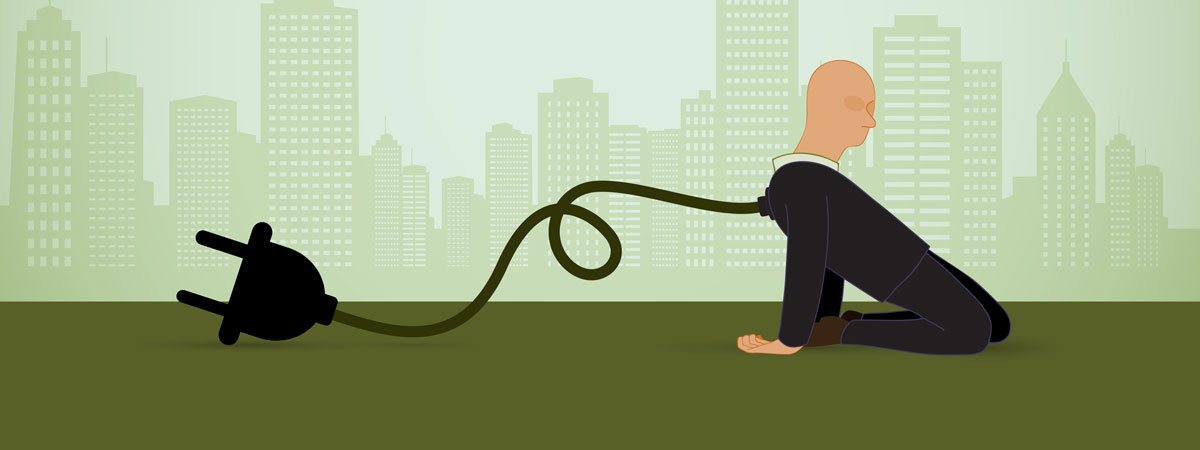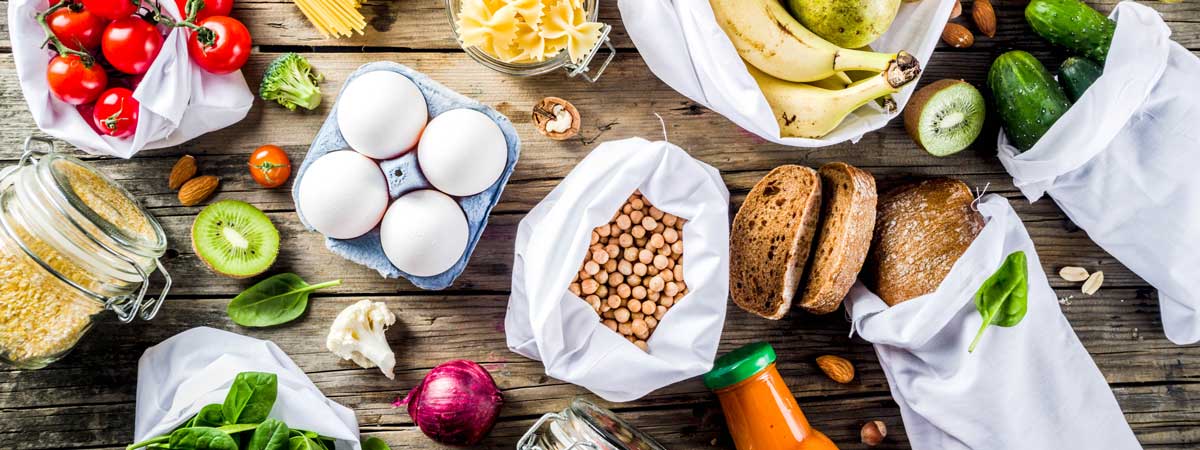Commonly defined as a blood glucose (BG) level below 4.0mmols. Keeping your BG levels above 5mmols is a safer level to be.
You may feel symptoms at a higher level than this if your BG levels have been high for a while and come down quickly.
Any person with diabetes treated with insulin or Sulphonylureas (Diamicron, Amaryl) that increase insulin production, are at risk of having a hypo.
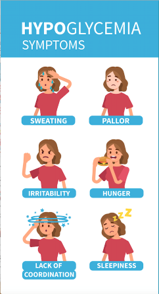
What may cause a hypo?
- Missed or late meal
- Insufficient carbohydrate with meal or snack
- Increase in physical activity – you need to reduce insulin before this. If on oral medication, discuss with your GP.
- Sickness with vomiting
- Consuming alcohol on an empty stomach or drinking too much.
- Accidently taking your insulin twice
NB. You may not experience symptoms of hypo if:
- You’ve had diabetes for many years (as a result of internal nerve damage)
- You’ve been having frequent hypos
- You’re on a medication for blood pressure known as beta blockers.
You’ll only be able to detect a hypo by checking your BG level regularly or wearing a continuous monitoring device. If you are in this group, it’s important to see a Diabetes Educator who’ll help you create a plan to keep you safe and explain simpler ways you may be able to check and manage your BG.
Treating a Hypo
Step 1: Raise your blood glucose (BG) levels quickly back into normal range by taking 15g of FAST acting carbohydrate food or drink.
Try one of these: 10 Glucodin™ tablets or powder – available from supermarket, 3 BD glucose tablets or 4 Glucojel™ Jellybeans – available from your pharmacy, 150ml Lucozade® or 250mls Gatorade®, 2 x snake lollies or 4-5 x jubes (supermarket varieties).
Other options if these aren’t available: 3 teaspoons of sugar in water, 1 tablespoon of honey or jam, or 1 cup of soft drink or cordial (not diet varietes).

Step 2: Wait 15mins and recheck BG level. If above 5mmols go to Step 3. If not, repeat Step 1.
Step 3: Maintain your BG levels with SLOW acting carbohydrate. This could be your meal (which includes carbohydrate) if it’s due now, or try one of these:
- 1 piece of fruit – apple, pear, peach,
- Dried fruit – handful of sultanas, 3-4 dried apricots
- Muesli bar
- 1 slice of multigrain bread
- Glass of milk or tub of yoghurt

Preventing Hypos
- Eat regular meals, with enough carbohydrate at each meal.
- Ensure correct medication dose is taken
- Know/learn how to adjust your insulin if you’re having less carbohydrate, are more physically active or have lost weight.
- Ensure your BG is above 5mmols when you exercise. If not, have a carbohydrate snack (as listed in Step 3). Speak with your GP or Diabetes Educator about adjusting your medication these days vs extra snacking.
- Avoid alcohol on an empty stomach
- Keep fast acting carb in zip locked bags everywhere: car, handbag, work, etc.
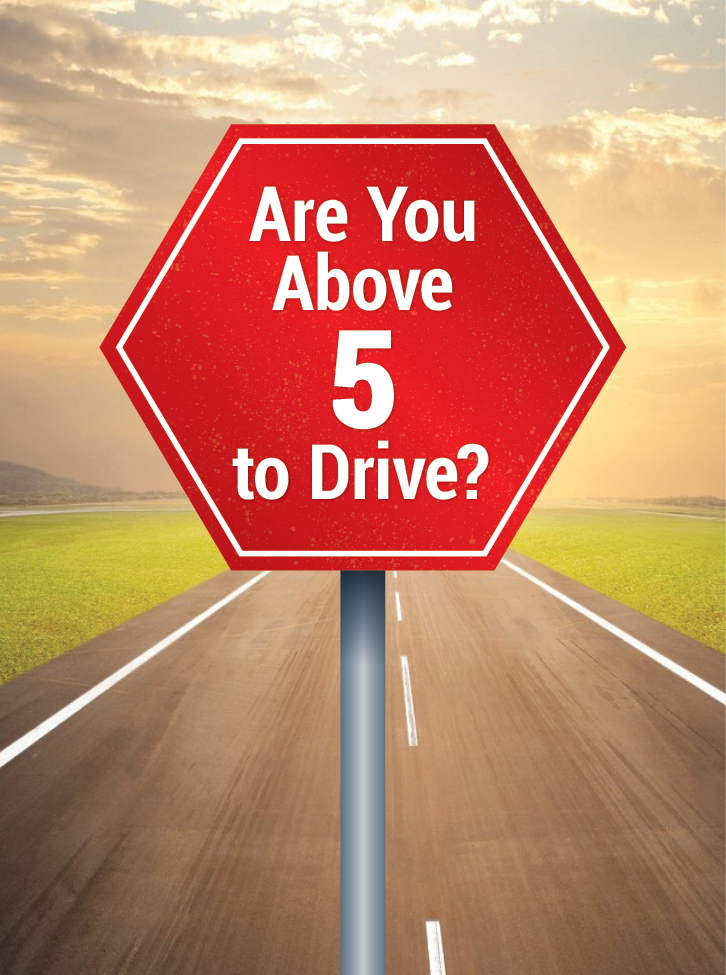
You must be above 5mmols to drive. If not, you put at risk:
- Yourself and those in your car
- Other drivers or pedestrians
- Your insurance policy to cover you
- Your license being suspended
NB –
- Pull over as soon as you have hypo symptoms
- Remove the keys from the ignition
- Treat your hypo
- You are not to drive until 30 minutes after your BG level is above 5mmols
Always follow up with SLOW acting carb.
If you are unsure about your responsibilities, make an appointment with your GP or Diabetes Educator.
